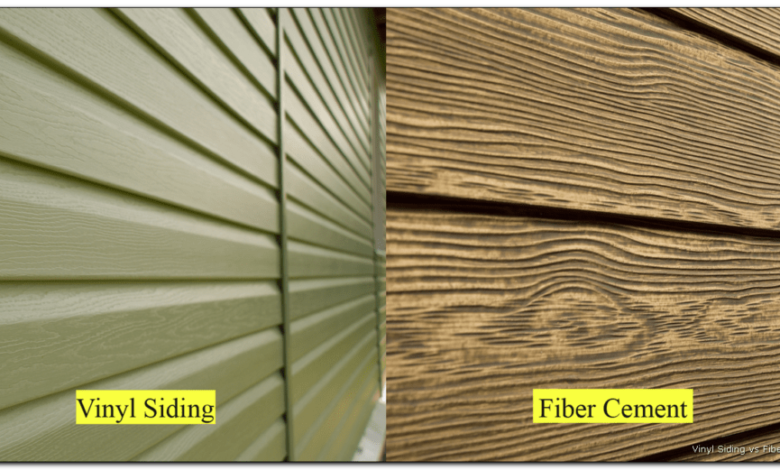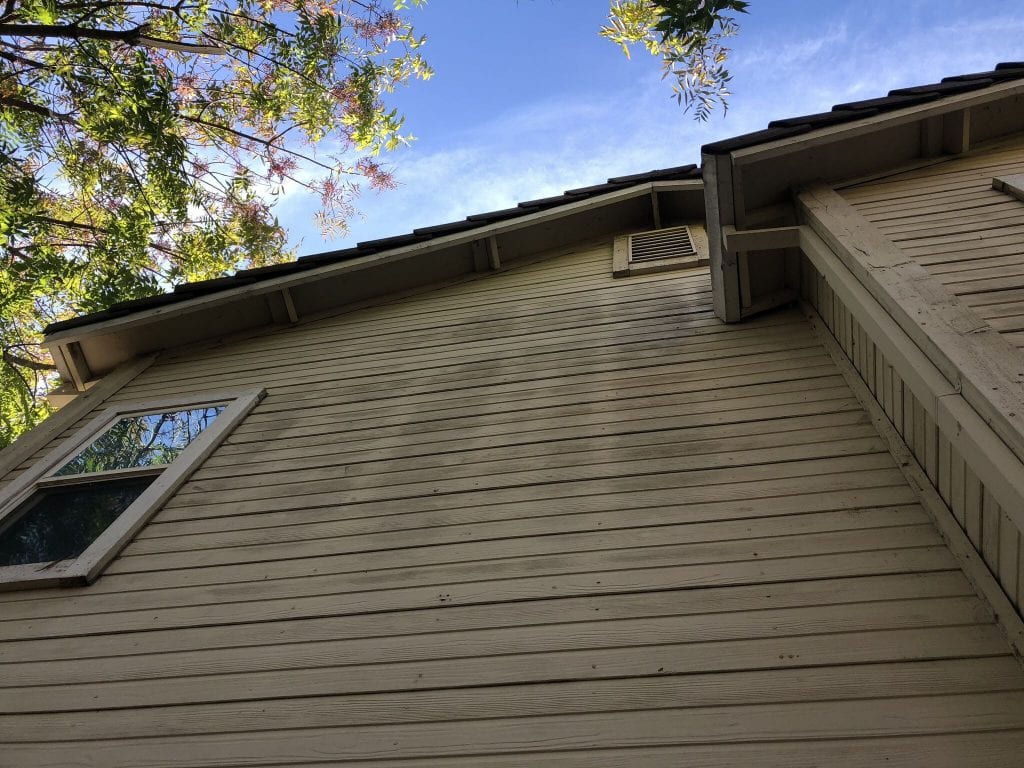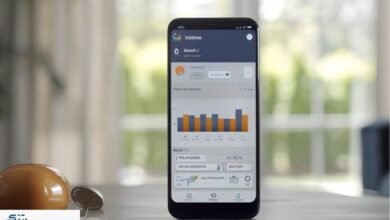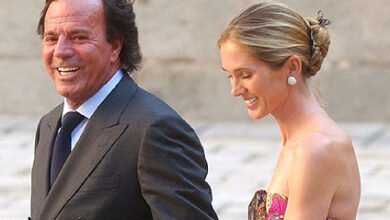Difference between Hardboard vs. Fiber Cement Siding

If you’re building a house or replacing masonite siding on an existing one, you don’t have to stick to vinyl or wood. Vinyl is a malleable type of plastic. Every five years or so, wood should be repainted. Fibre-cement siding, of which Hardieplank is a major brand, combines the timeless beauty of wood with the carefree nature of vinyl in a long-lasting, robust siding.
What is Fiber-Cement Siding, and how does it work?
Fibre-cement4 siding is manufactured to look like wood clapboards, shingles, stone, or brick and offers durability and ease of maintenance. Fiber-cement is less expensive than any of them. Vinyl and masonite are the only prevalent building clad materials that are less expensive than fibre cement.
Fibre-cement siding is a concrete siding type. The four components are water, wood pulp, fly ash, and Portland cement.
- Water aids in the dissolution of wood pulp and the hardening of the cement.
- The fiber-cement is made more flexible with the help of wood pulp.
- Fly ash is a filler that is occasionally used instead of silica sand.
- Portland cement is manufactured from limestone, clay, and iron is used to keep everything in place.

Longevity and Care
Fibre-cement siding normally comes with a warranty that lasts anywhere from 25 years to a limited lifetime. A 15-year warranty is commonly included with factory-finished siding.
It’s simple to look after. The exterior should be cleaned with a hose once or twice a year that keeps plants cut back from the foundation, and inspect and re-caulk the caulked seams every two or three years.
The Pros and Cons
Fibre-cement siding is fire, rat, insect, impact, and moisture resistant. It does not, however, last indefinitely. It deteriorates over time, just like any other concrete product.
Asbestos is utilized in fibre-cement siding, which is a persistent but incorrect myth. In 1987, James Hardie, like all other manufacturers, stopped marketing asbestos-containing products.
Fibre Cement Painting
On Hardie and other fibre-cement sidings, paint lasts a long time, although not as long as some myths suggest.
Typical exterior paint jobs last five to seven years with adequate preparation, priming, and high-quality paint. Because fibre-cement siding does not absorb a stain like many types of wood, paint on fibre-cement siding often lasts 12 years or longer.
It’s possible that you can paint your fibre-cement siding yourself. For roughly $2 per square foot, you can get high-quality paint with a 25-year warranty. Although fibre-cement can be purchased already coated, it usually is covered with one coat of paint and comes with a 15-year warranty.
Moisture and Fiber-Cement
Fiber-cement is highly resistant to flood damage, while some damage may occur in isolated areas. Fiber-cement is a material that can withstand a lot of moisture. Fiber-cement also tolerates salty air for individuals who live near the seaside.
Fiber-cement, unlike vinyl, does not grow brittle in cold weather and can withstand temperatures below zero. It also won’t crack if frozen and thawed repeatedly.

Hardboard Siding
Since the 1980s and 1990s, hard boarding has been utilized for siding. It became well-known for being inexpensive and simple to set up. As a result, it is a better-engineered siding material that many homeowners prefer to replace masonite siding. It outperforms several other siding materials in a variety of ways. It does, however, have some disadvantages.
Pros:
Simple to paint
The hardboard siding material has a rough surface. So that the paint adheres to it readily, it has a feeling that looks almost like wood ( it is being constructed of wood), but it lacks the grain of the wood.
Installation is simple.
It is excellent at holding nails and screws instead of replacing masonite siding. As a result, we can state that hardboard siding is quite workable. It is simple to set up. It is, nevertheless, difficult to cut due to its tremendous density. However, it is considerably easier to work with than other materials.
Durability
Hardboard siding is exceptionally long-lasting. There will be a need to replace masonite siding too early. It has a lifespan of 30 to 40 years. If the siding is of good quality, it will last a long time. In addition, the weather and care affect the durability of any construction material.

Cons
Production has come to an end, and it will result in replacing masonite siding.
Now Hardboard siding isn’t mass-produced in large quantities. Many giant corporations had to halt production due to a quality issue. As a result, it has had a significant impact on consumption.
Some states do not allow the use of hardboard siding, and it is also not available. That is why hardboard siding might not be the best option for you. Even yet, if you want to utilize it, it can be expensive.




